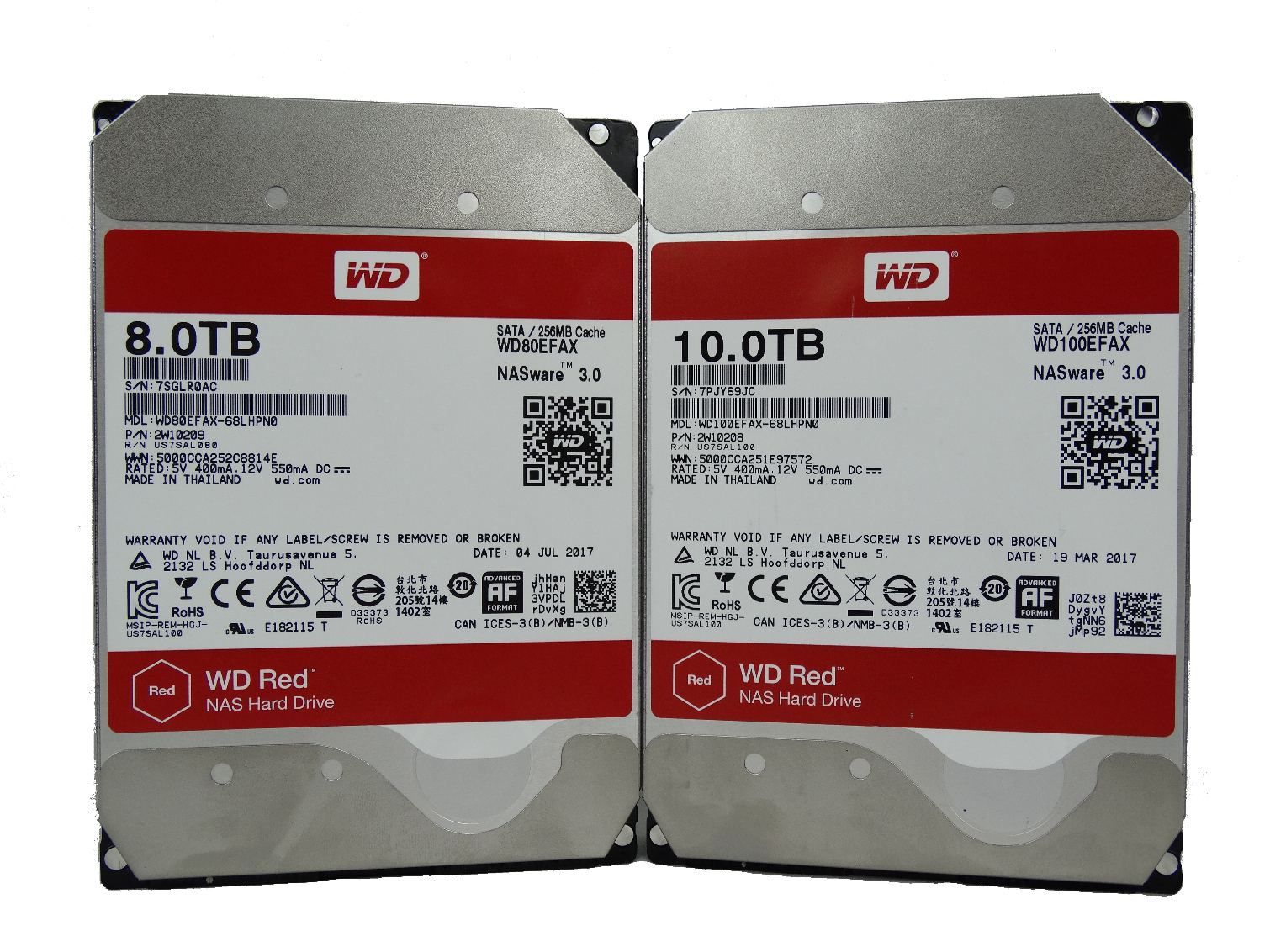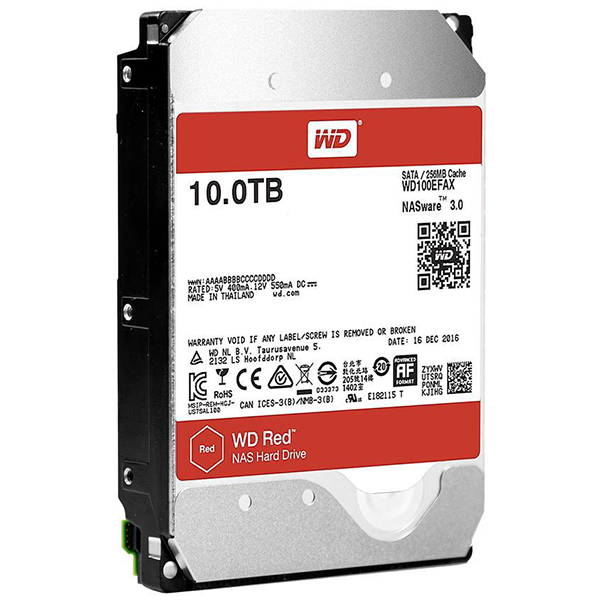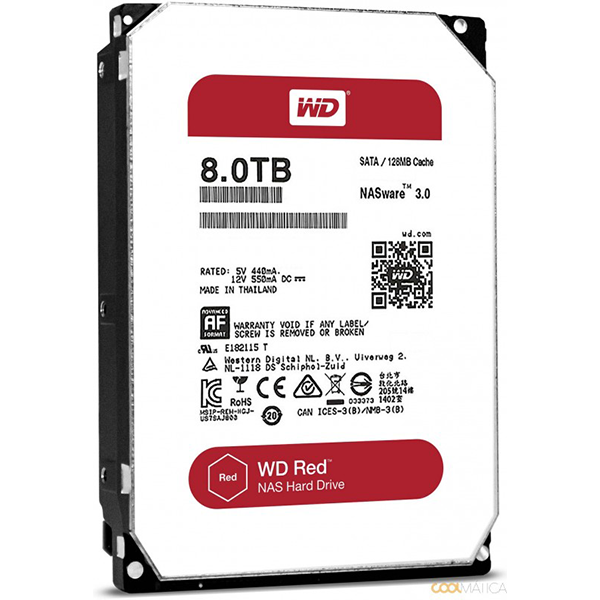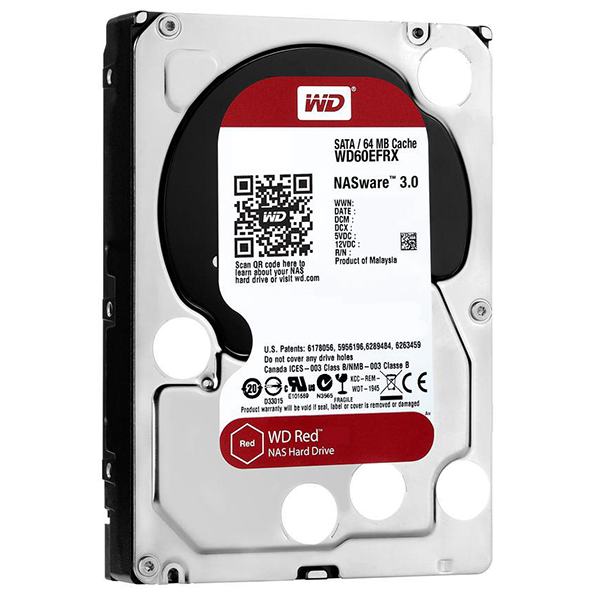Early Verdict
The 8TB Red costs just over $100 less than the 10TB model and delivers only slightly less performance. The drive delivers an excellent cost-to-capacity ratio and is the model we would choose to build a new dense server. The new Helium-filled models also help keep the heat and noise in check.
Pros
- +
Excellent price point for this capacity
- +
High mixed sequential workload performance
- +
Low heat
- +
Low noise
Cons
- -
Weak random performance
Why you can trust Tom's Hardware
Features & Specifications
Hard disk drives have become specialized products designed for specific needs. The manufacturers use both hardware and software to tune the drives' parameters for specific workloads. For instance, a digital video recorder will rarely read or write random data, but it writes sequential data twenty-four hours a day. On the other end of the spectrum, products designed for databases will read and write random data with variable frequency. There are almost as many special applications as there are colors in a basic set of Crayons. Maybe that's why Western Digital chose colors to help differentiate its specialty products.
Western Digital's Red series was the first true specialty HDD for the consumer market. Before the Red series, Western Digital offered the high-performance Black, the general-purpose Blue, and the budget-friendly (and power efficient) Green disk drives. None were designed for, or had the specialized components or features required, to run efficiently in a NAS appliance. Before the Red series came to market, forums were littered with questions about which drives were the best to use in a NAS. There was a great deal of confusion in the NAS space, but Western Digital's Red series lit the path.
Hard drives benefit from trickle-down technology. The new Western Digital Red 10TB and 8TB drives use Helium in a sealed chamber to reduce friction on the platters. HGST developed the technology for very expensive enterprise-focused drives just a few years ago. Western Digital gained a turnkey Helium-filled product when it purchased HGST. The technology has now come to the consumer space relatively unchanged, but at roughly a fifth of the cost.
Specifications
Western Digital released the Red series in mid-2012 in 1TB, 2TB, and 3TB capacities. The early drives were based on Caviar Green models but included a new feature called NASware technology. The early products have changed slightly over the years, so the original 1TB Red is different than the models shipping today. NASware is now in its third generation and supports up to eight drives in a single system instead of five. Western Digital recommends the Red Pro series for systems with more than eight disk drives.
I own several eight-bay NAS appliances, and I wouldn't call them consumer models. The Red product line has grown into a solution for both consumers and most small-to-medium sized offices. The 8TB and 10TB Reds differ from the rest of the series. These two models appear to be nearly identical to HGST's products. Not all Red 8TB drives ship with Helium. Western Digital released several 8TB drives that use the traditional vented air chamber design.
You might not expect much of a difference between the two highest-capacity Red products, but the 10TB and 8TB models are physically different. The 10TB has twice the amount of DRAM (256MB) and increased sequential performance of 210 MB/s. That's much higher than the 8TB's 178 MB/s. Western Digital doesn't publish performance for the four-corner specifications (random and sequential read/write) like we see with solid-state drives. The company only lists a single sequential rating and no random performance specifications.
Pricing, Warranty & Endurance
Price differences are much greater in the premium segment. At Amazon, the 10TB Red sells for $370 and the 8TB for $247. When it comes to hard disk drives, the highest capacity available always comes with a heavy premium due to demand from both home users and business owners.
Get Tom's Hardware's best news and in-depth reviews, straight to your inbox.
All Red series HDDs ship with a factory three-year warranty. Endurance, reliability, and data integrity are all separate specifications. All Red series products come with the same ratings. The drives are rated for 600,000 load/unload cycles and carry a 180 TB-a-year workload rating. The MTBF weighs in at 1,000,000 hours and the non-recoverable read errors per bits read rating is 1 in 1014.
Features
NASware is a collection of technologies, components, and features that increase the reliability and performance of the Red and Red Pro product series. Essentially, it's a trademark name for these features.
The latest NASware 3.0 came to market with the introduction of the 5TB and 6TB models in July 2014. WD improved the firmware and RV sensors to deliver more accurate vibration compensation. That allows you to use the series in systems with up to eight drives. The previous NASware and NASware 2.0 only officially supported up to five drives per system.
- Streaming Support - NASware provides built-in compatibility with the ATA Streaming Feature Set, which is important for AV storage applications such as Windows Media Center.
- SMART Command Transport (SCT) Support - NASware allows monitoring and measuring of drive performance via the SMART command set. SMART can return data like thermal profiles and drive access statistics, among others. NASware also delivers temperature accuracy within 1°C.
- Power Management Support - Enables optimized power usage within the NAS and protects your data in the event of a power loss or disruption.
- Performance - Optimized seek to boost performance while reducing power and acoustics.
Software
The drives come with two software applications: Data Lifeguard Diagnostic and a custom Western Digital version of Acronis True Image, which is a disk cloning application.
A Closer Look
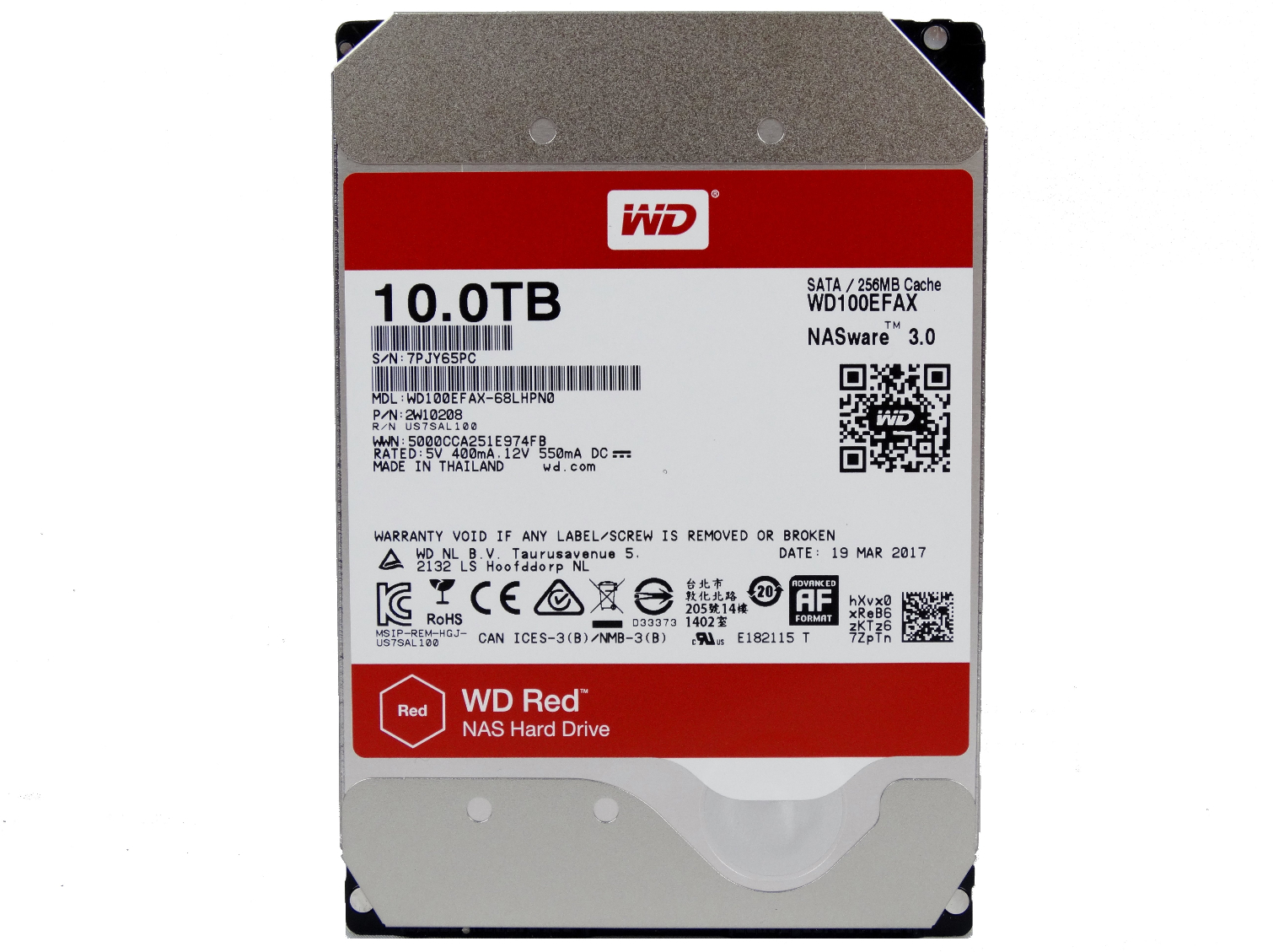
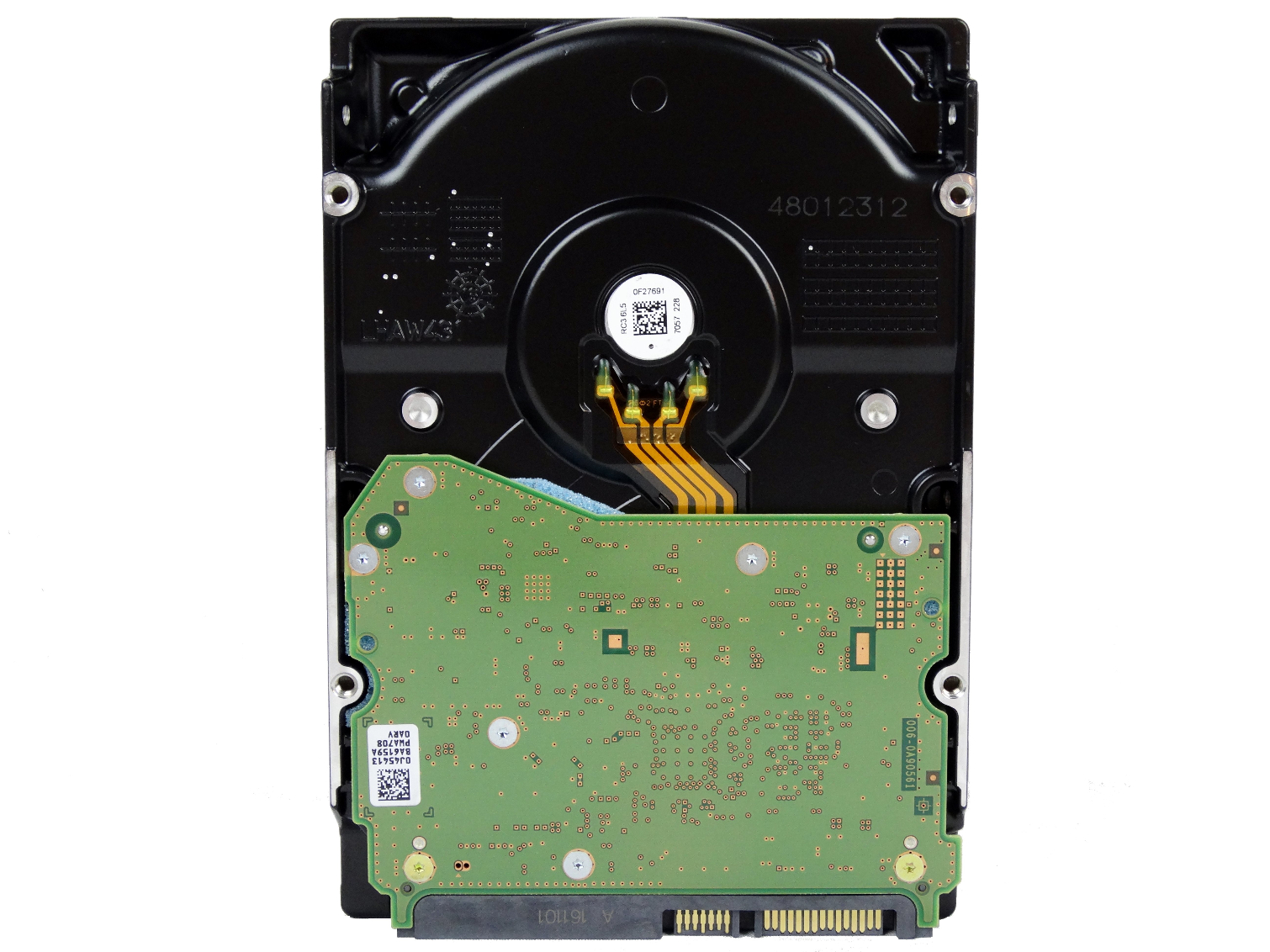
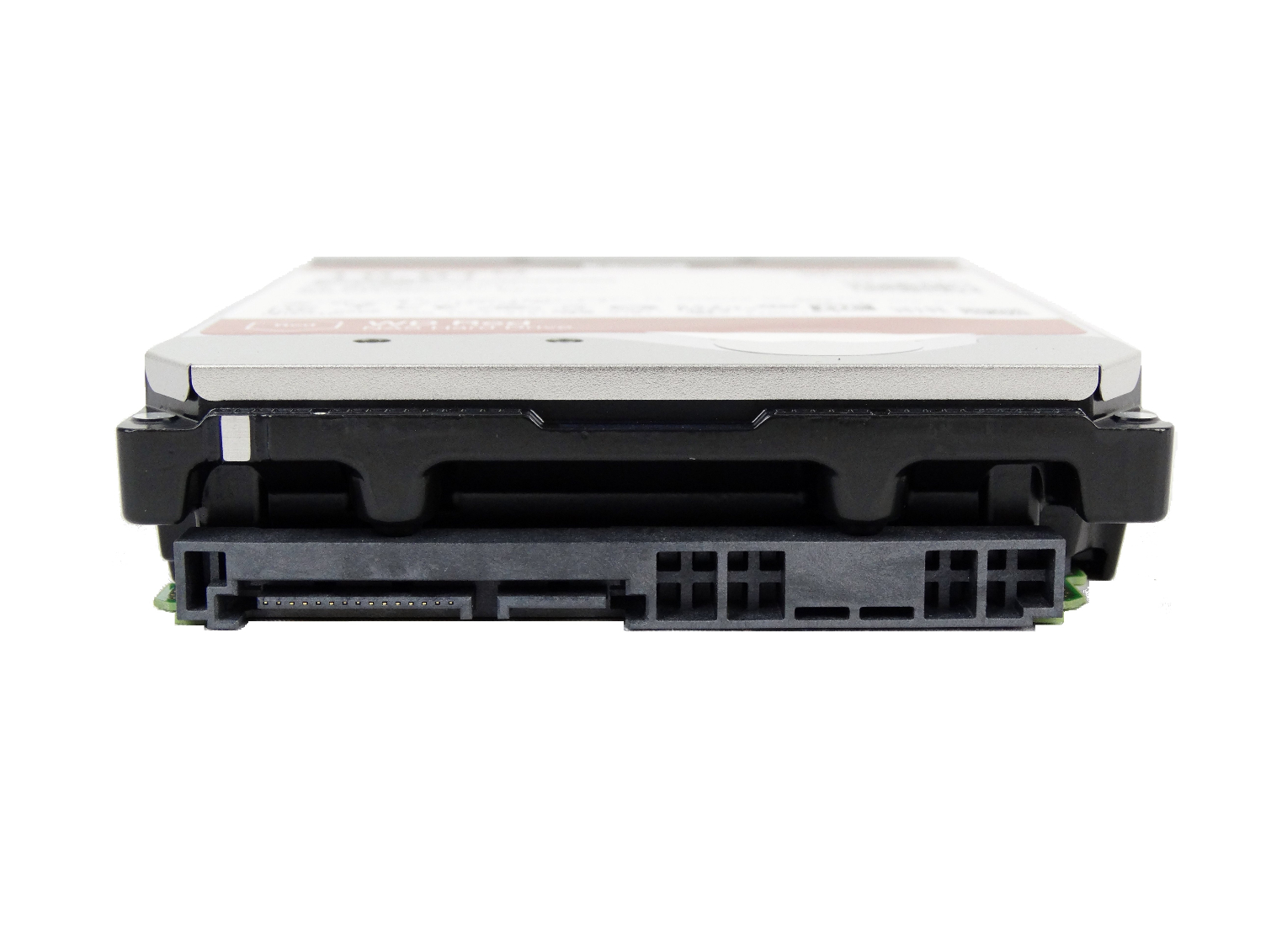
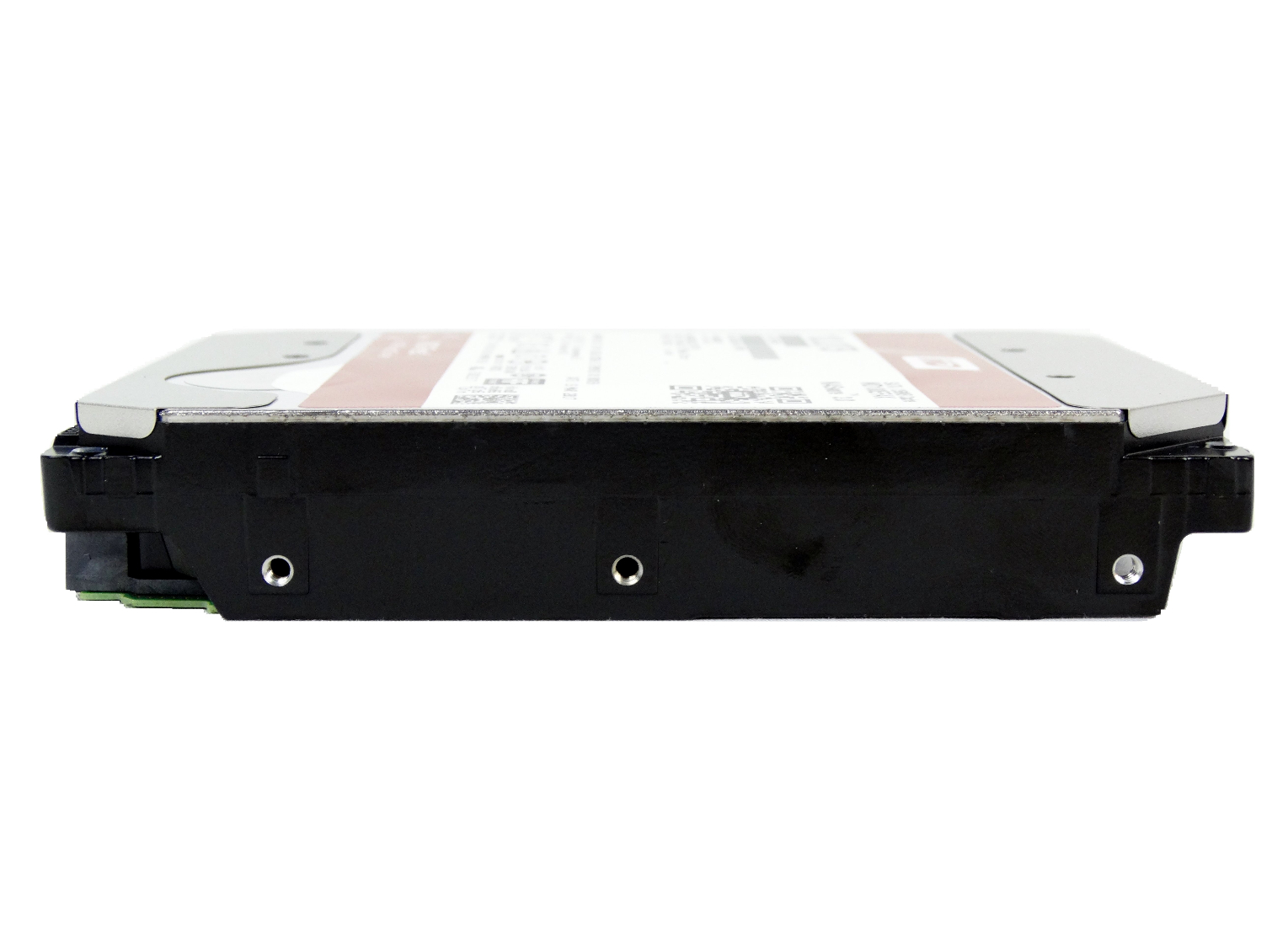
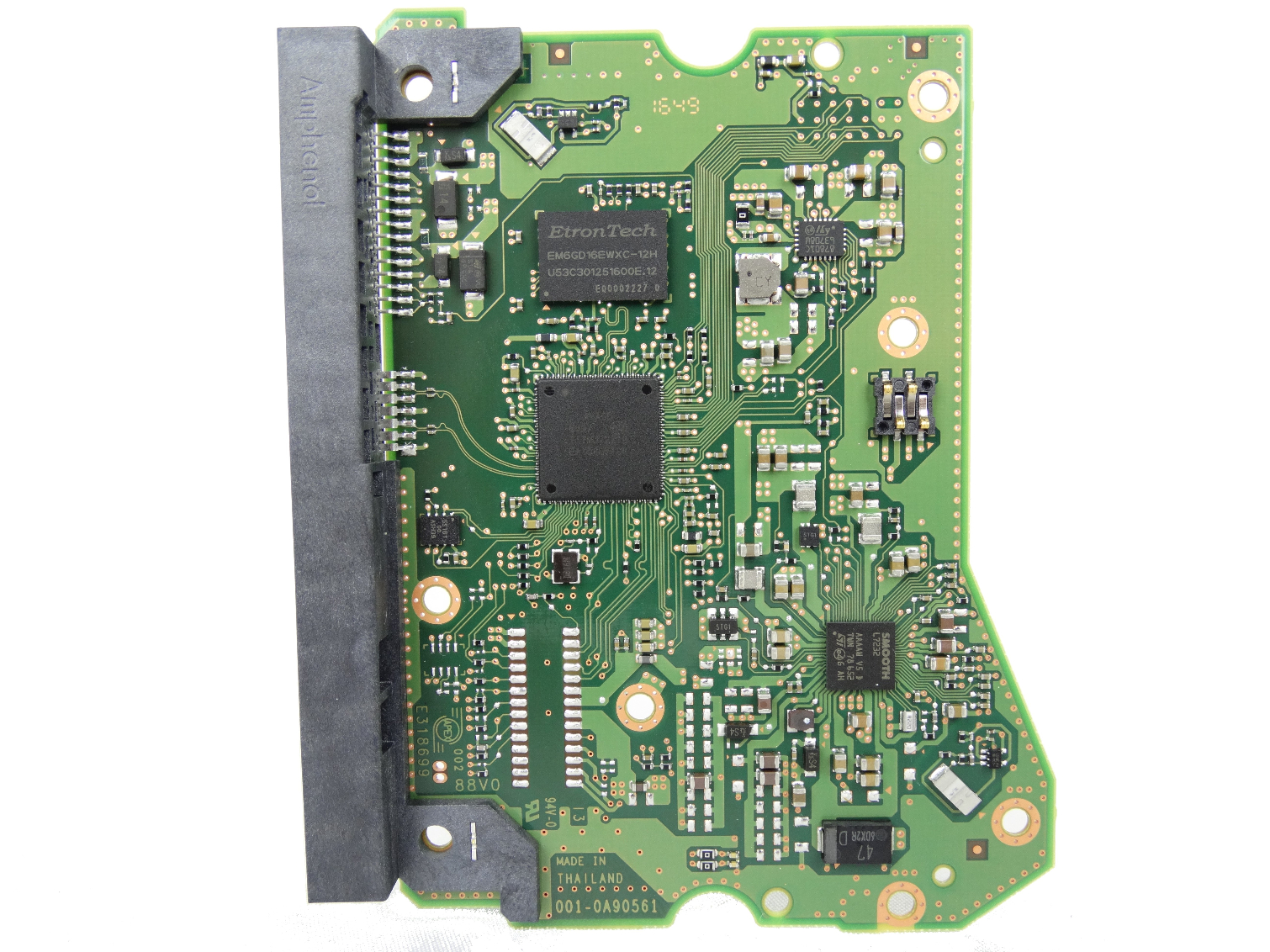
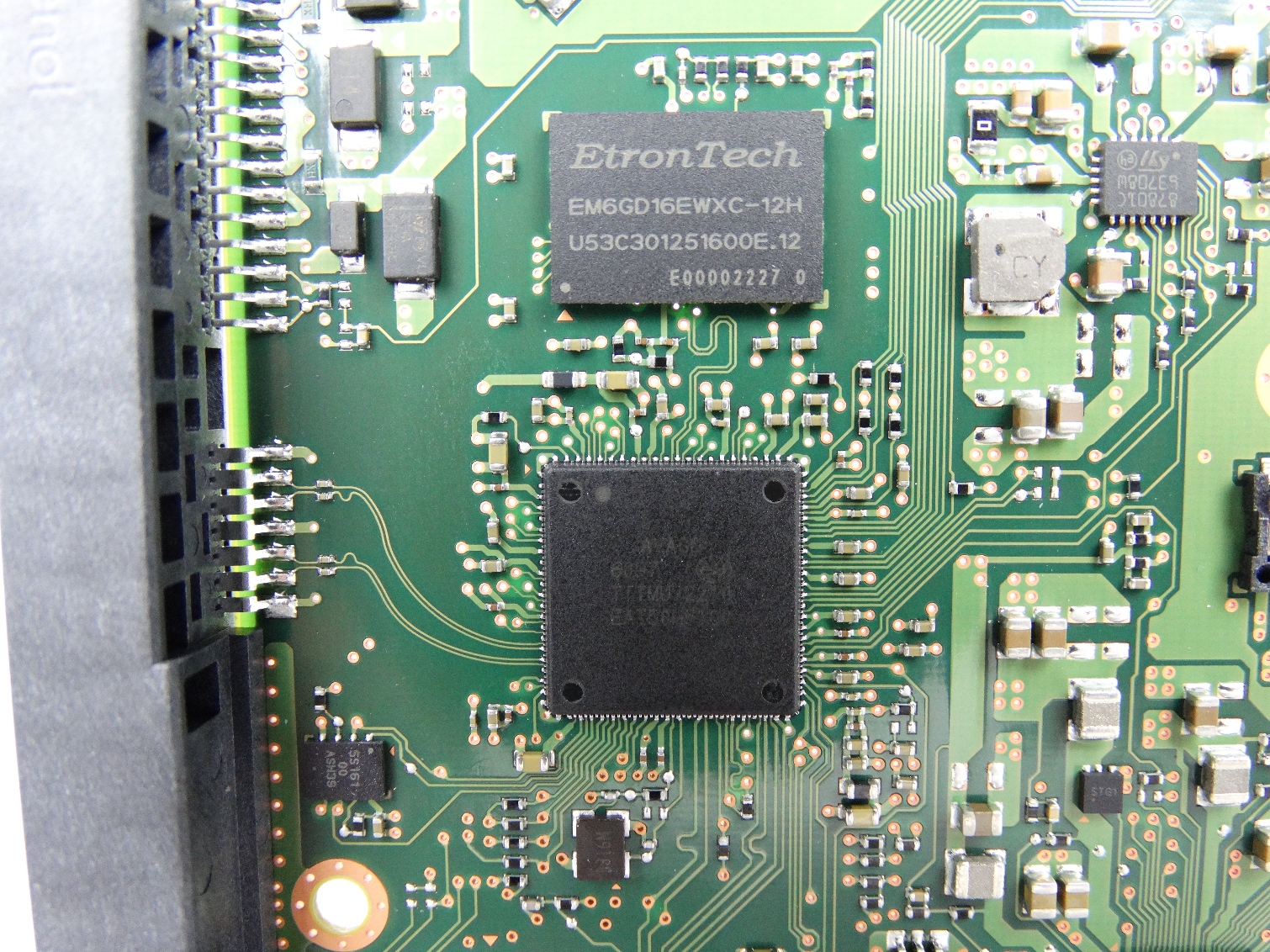
On the surface, the new Helium-filled Red looks like an HGST drive with a new label. The two share a similar design, but different firmware.
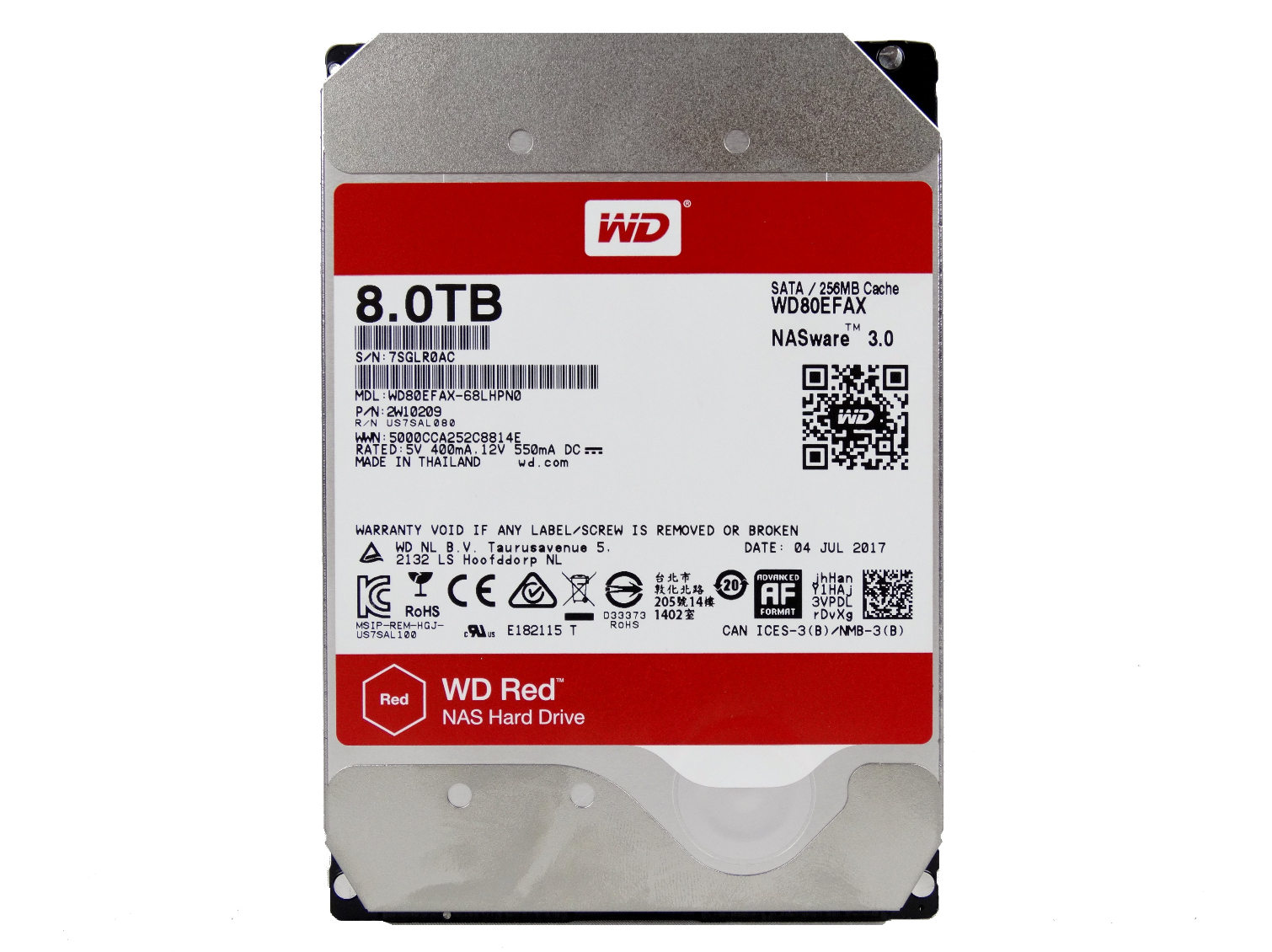
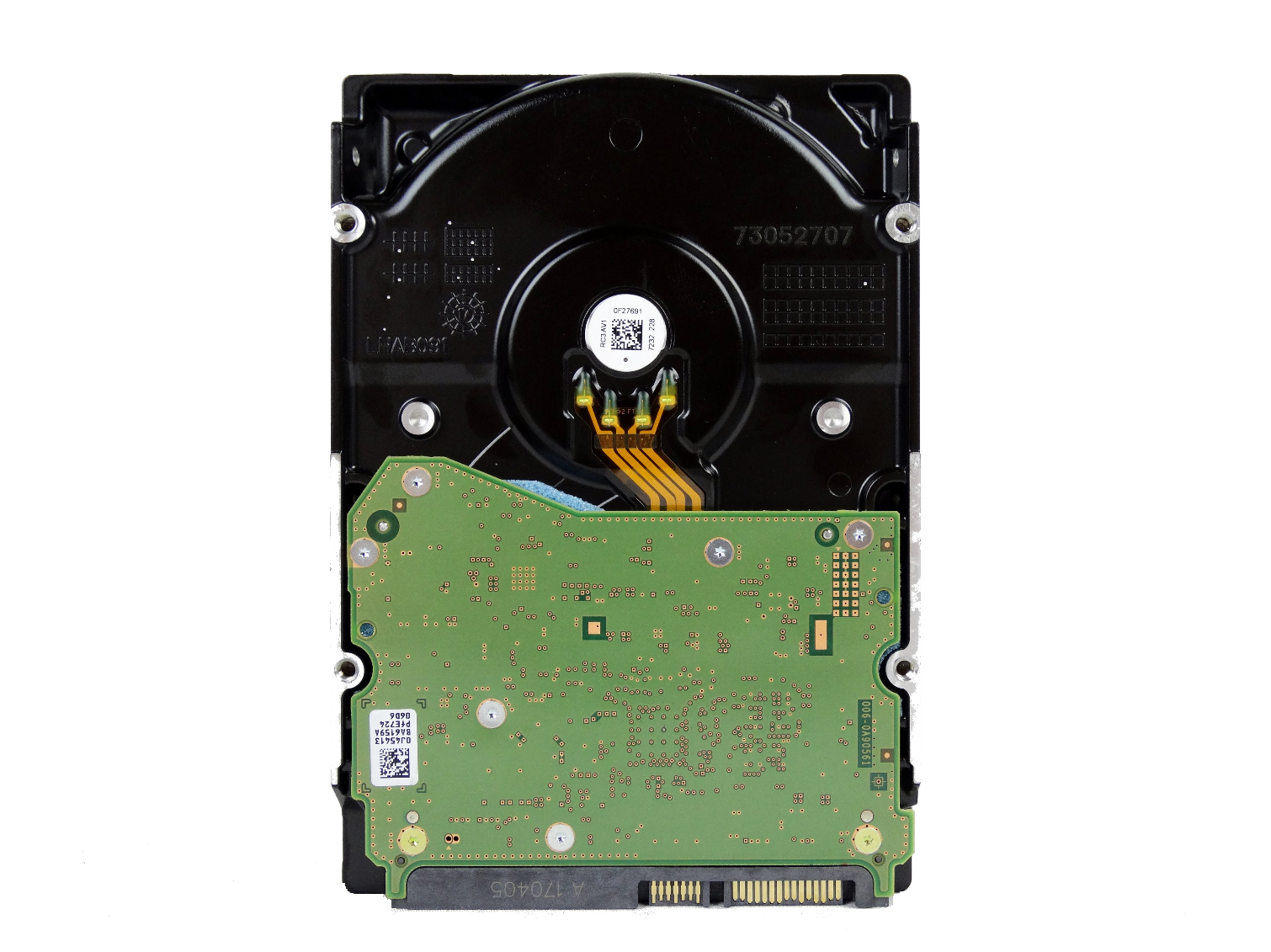
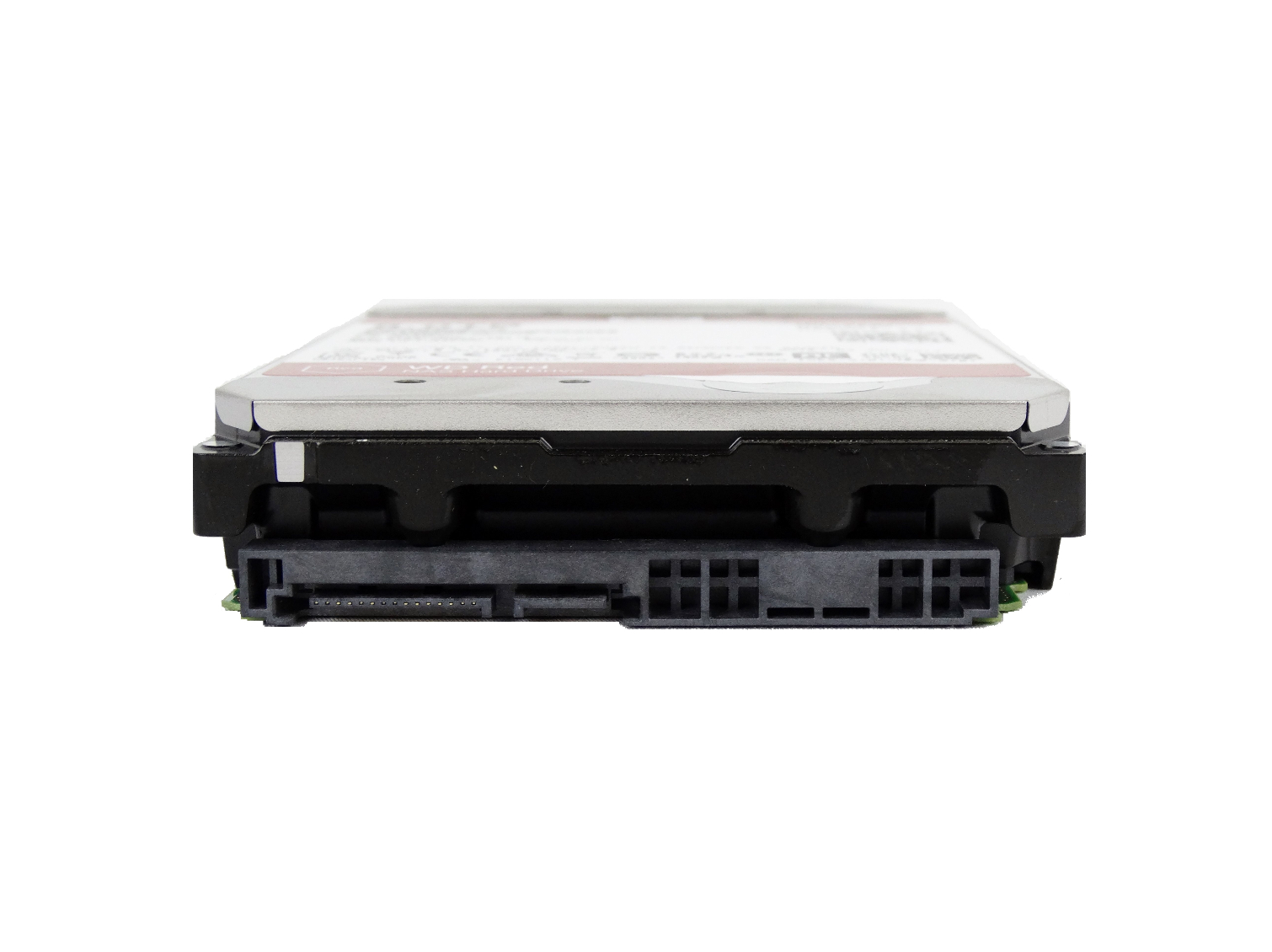
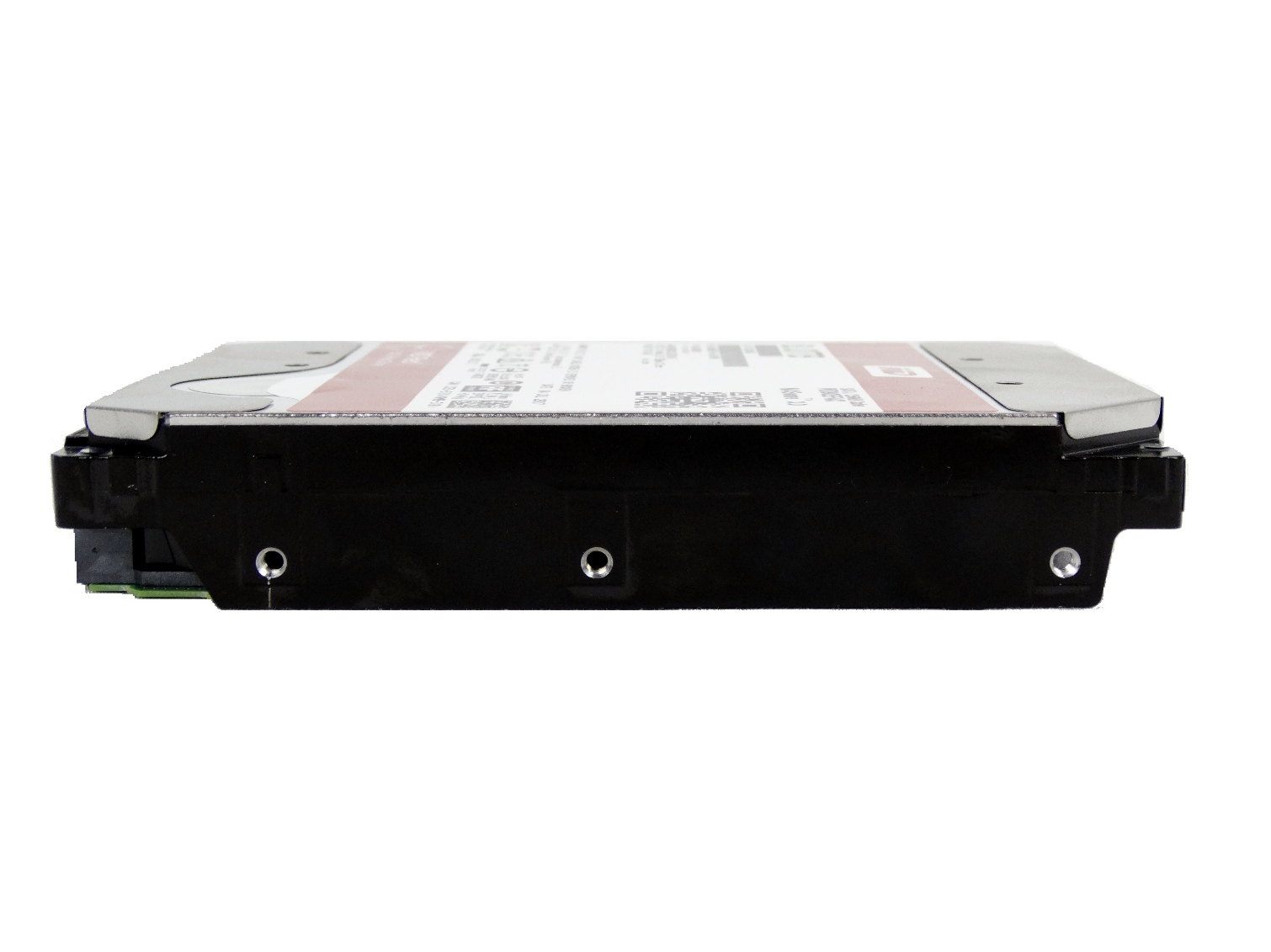
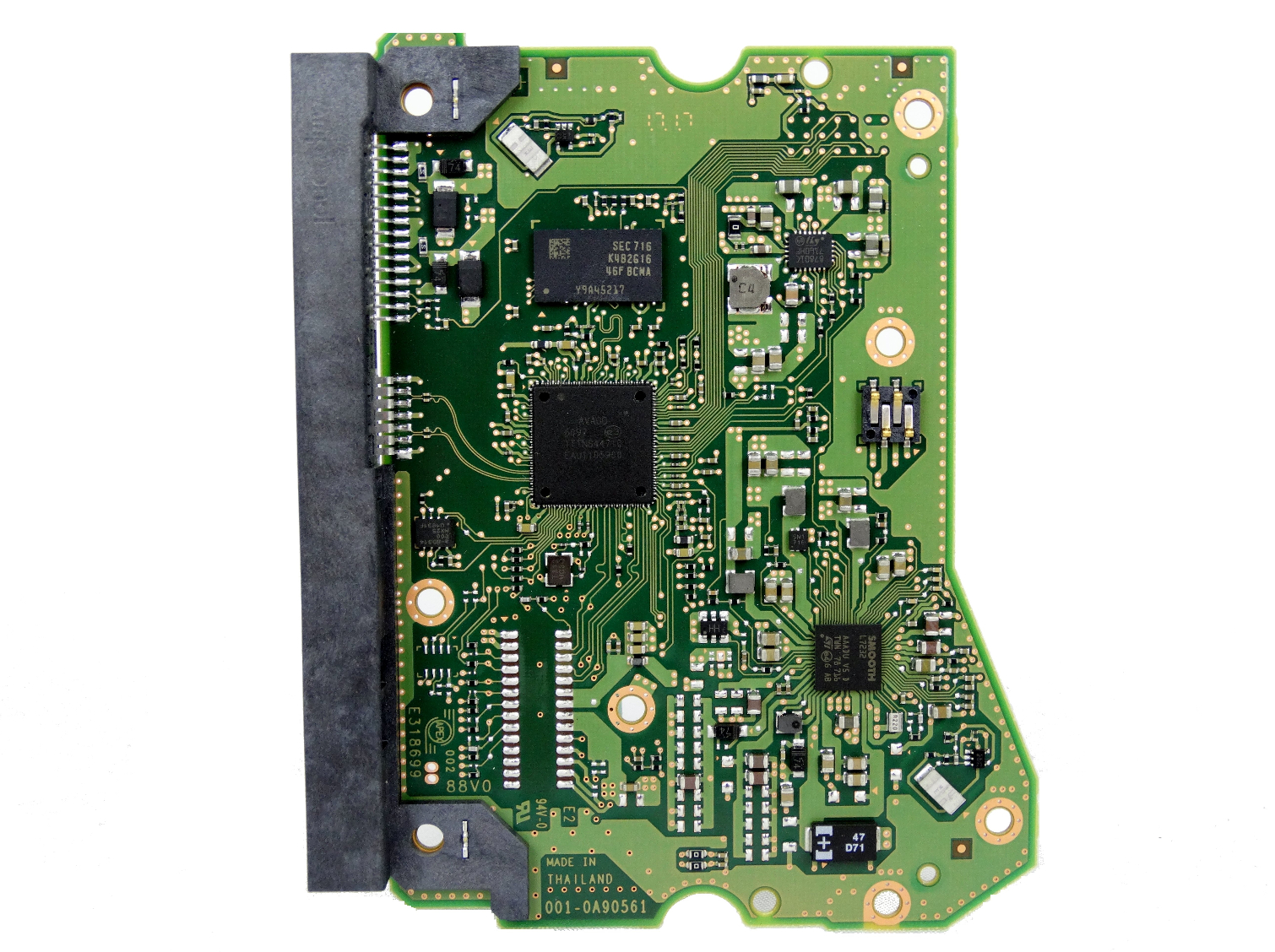
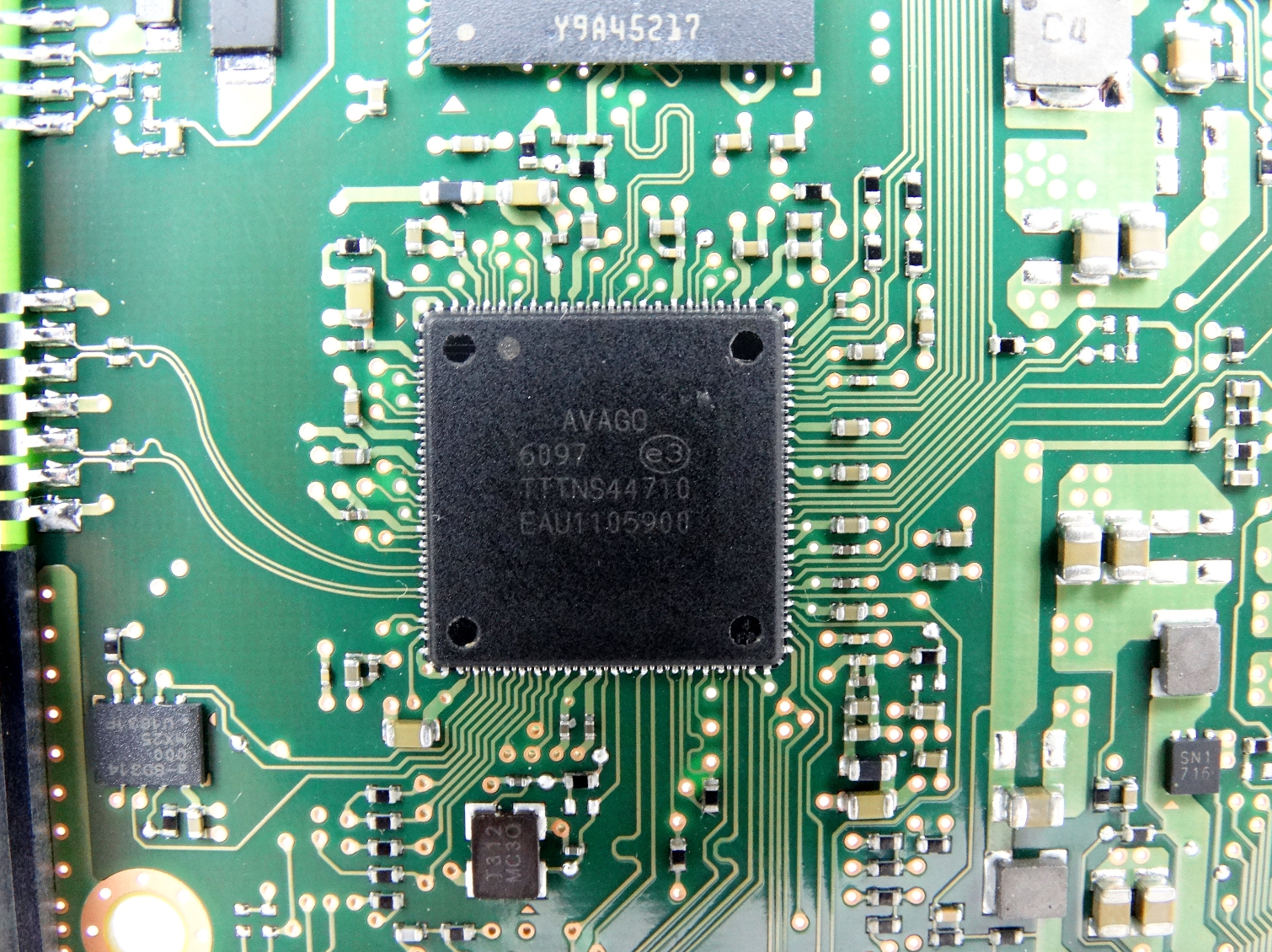
The 8TB model is identical to the higher-capacity version. The printed circuit board has an Avago-branded controller. We also spot two RV sensors, one on each corner of the PCB, that measure vibration.
MORE: Best SSDs
MORE: How We Test HDDs And SSDs
MORE: All SSD Content

Chris Ramseyer was a senior contributing editor for Tom's Hardware. He tested and reviewed consumer storage.
-
Giroro It's a shame these aren't 7200 RPM. Are there 7200 RPM drives out there with the helium goodness?Reply -
AndyWiryaPeaceful These drives are meant to be used in a quiet RAID environment. If you want 7200RPM RAID Drives for editing / rendering, you should use WD RE series instead.Reply -
kellysi I had a Western Digital a few years back and had problems with sectors, basically, it wasn't usable, that put me off for good, I do realize that might have been just my bad luck.Reply -
mitch074 I've just built a Synology NAS for myself using a couple 8Tb Red - happy as a clam! I have 2 extra bays free in the NAS, and Synology allows transparent migration from a RAID-1 array to a RAID-5 one, so I can drop 16 Tb of extra storage tomorrow and get them as pure storage with better performance. Happy!Reply -
MichaelElfial ANDYWIRYAPEACEFUL, the 7200 rpm will probably be a minus for the Reds. These are the only series that give you HDD with a significantly lower power consumption - just check the specs and check the NAS disks from Seagate for instance or any other model you choose. Yes the specs are mostly correct, I have 6 DIY boxes that one can call NAS or NAS-like (in some cases ;) ) and both the power consumption and temperatures are notably lower than boxes filled with other disks. The performance is good, especially for storage and not great, but acceptable for application usage as the review said - it applies to the old models even more. The balance of the features is Ok in my opinion and speeding the platters up will only give you something like a not so good equivalent to the new Gold series. The Golds are very quiet, but their temperatures are not as low as with the Reds, they are also faster and much better in random access scenarios - much better than what you would expect from just speeding up the rotation. So, every scenario has its specific demands and after using these for a few years I find them quite well designed for the most NAS usage scenarios. as for the bad sectors KELLYSI mentioned - I had some problems too, but in each case (thankfully) everything was corrected after full format (takes a lot of time with these capacities) - from 10+ Reds this happened to only one and it was from the first 3TB models (6TB were not available yet).Reply -
mras Would love to have seen HGST He12 or He10 included.Reply
They sell for less here, and is remarkable quiet (about same, or lower, as my current WD green 5400rpm, that they replaced, vs the 7200rpm).
They use quite low power as well.
And yes, i would else agree with 5400rpm is better for consumers for archive usage.
